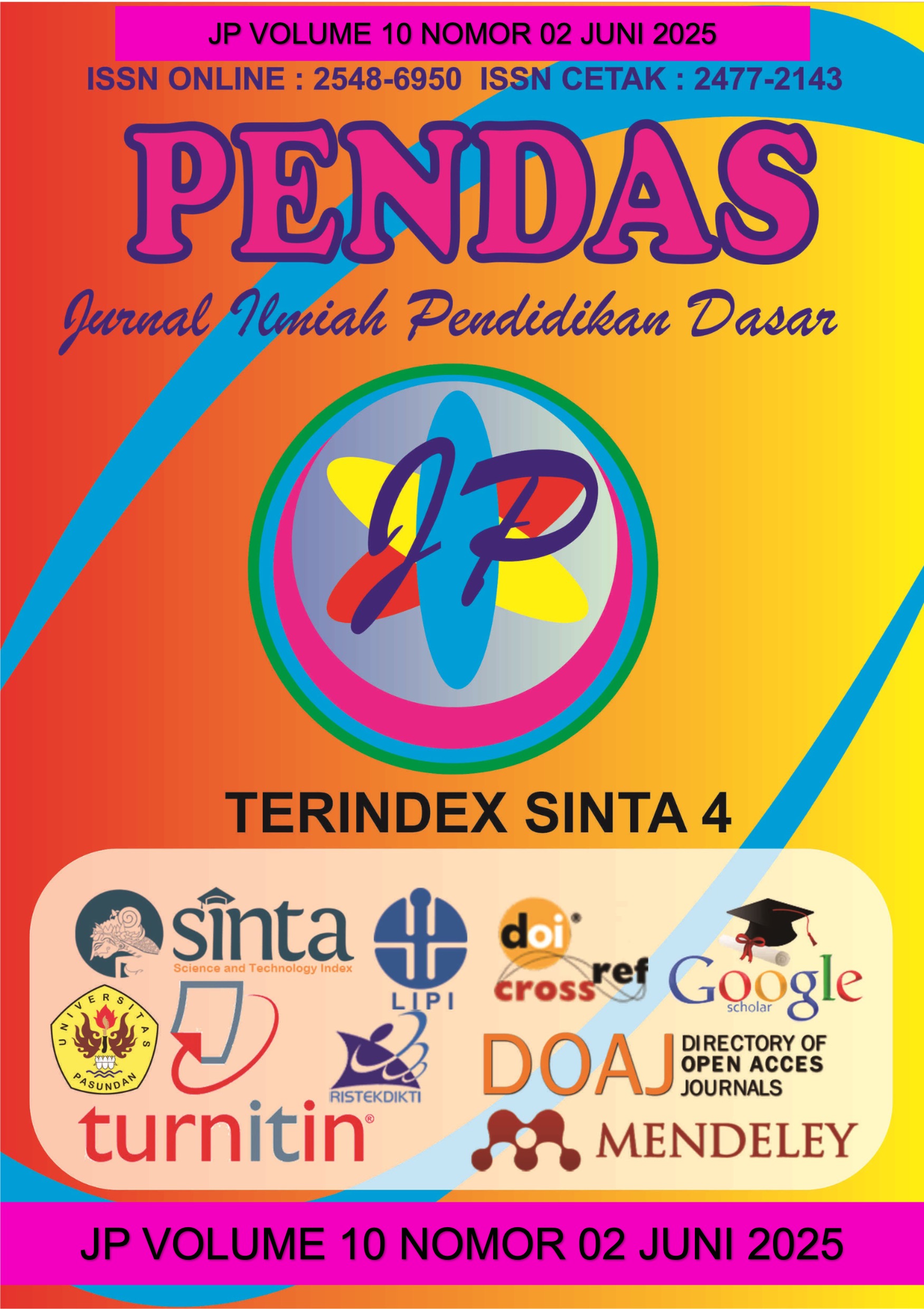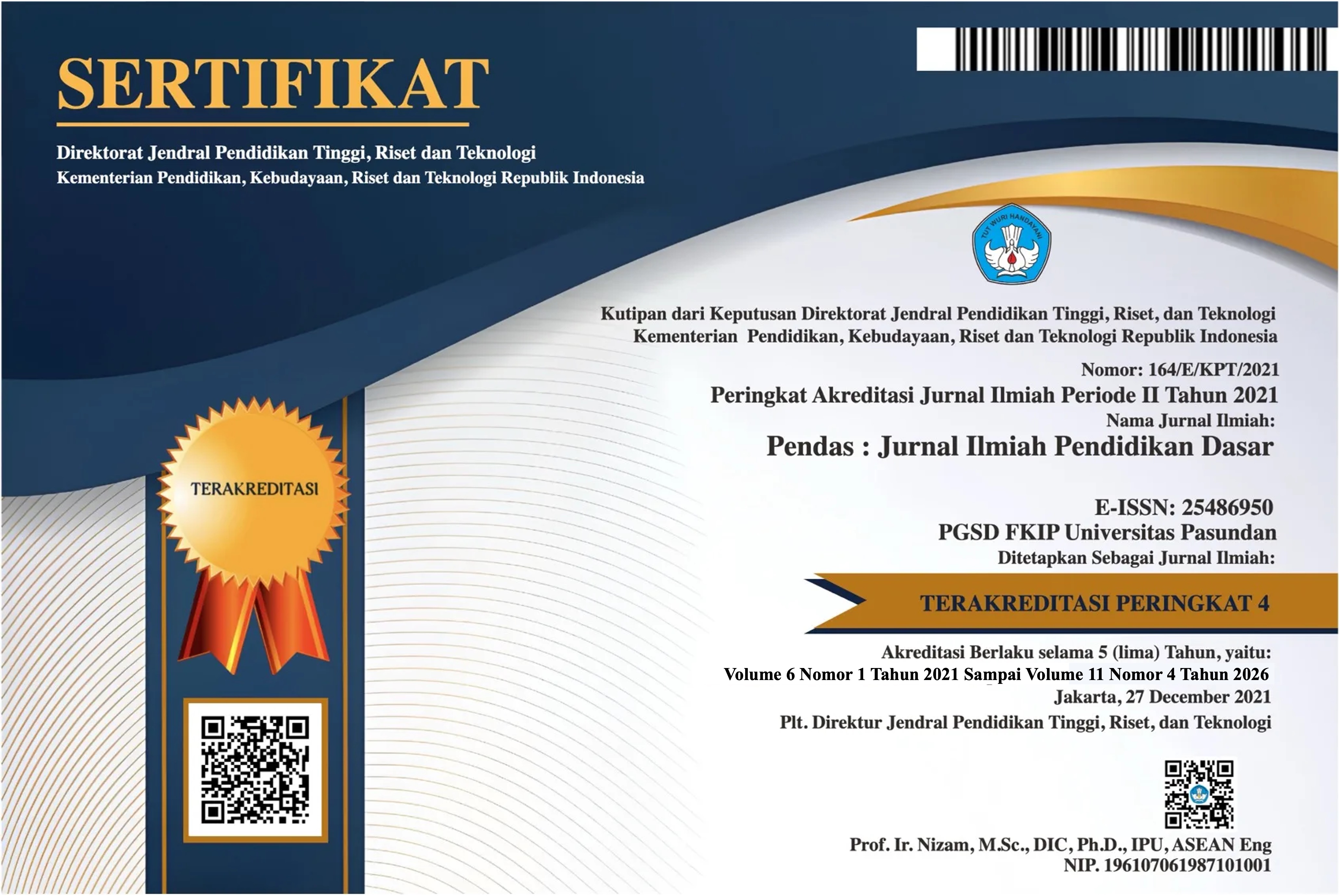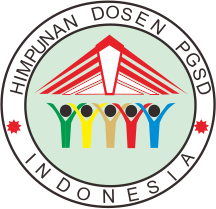HUBUNGAN PENGGUNAAN MEDIA SOSIAL DAN TEMAN SEBAYA DENGAN PERILAKU CYBERBULLYING PADA MAHASISWA
DOI:
https://doi.org/10.23969/jp.v10i02.23961Keywords:
Use of Social Media, Peers, Cyberbullying BehaviorAbstract
The use of social media is increasingly intensive among the public, especially the
younger generation. Instagram is one of the most popular platforms, allowing users
to share photos, videos, and short stories. Negative influences from peers through
social media, including inappropriate comments, can increase the risk of
cyberbullying. This study aims to determine: (1) The relationship between social
media use and cyberbullying behavior (2) The relationship between peers and
cyberbullying behavior (3) The relationship between social media use and peers
and cyberbullying behavior. This research was conducted at the Culinary Arts
Study Program, State University of Medan on November 14, 2024. The sampling
technique was carried out using total sampling, so that the subjects of this study
were Culinary Arts students, State University of Medan, batch 2022 with a total of
91 students. The design of this study is descriptive correlation using quantitative
research methods. The analysis techniques used are descriptive statistics,
normality tests, multiple linear regression tests, and Pearson correlation tests. The
results of the Pearson correlation analysis show that the relationship between
social media use and cyberbullying behavior has a correlation coefficient of 0.926
with a Sig value. of 0.00, meaning it shows a positive and significant relationship.
The relationship between peers and cyberbullying behavior has a correlation
coefficient of 0.881 with a Sig. value of 0.000, meaning this relationship is positive
and significant.
Downloads
References
Aftab, P. (2020). Preventing
Cyberbullying: Strategies for a
Safer Digital World. CyberSafety
Research Publications.
Arikunto, S. (2019). Prosedur
Penelitian: Suatu Pendekatan
Praktik. Jakarta: Rineka Cipta.
Castrellon, R. M., et al. (2024). Peer
Pressure and Its Impact on
Social Behavior in Adolescents.
Journal of Adolescent Research.
Fan, R. (2022). Social Media Influence
on Adolescents’ Identity
Formation and Mental Health.
International Journal of
Psychology.
Hilda, S., & Purwanto, R. (2024).
Media Sosial dan Dampaknya
pada Kesehatan Mental Remaja.
Jakarta: Pustaka Akademika.
Kowalski, R. M., & Limber, S. P.
(2020). Cyberbullying: Bullying in
the Digital Age. New Jersey:
Wiley-Blackwell.
Martinez-Ferrer, B., et al. (2019).
Norms of Aggression and Peer
Influence in Cyberbullying
Behavior. CyberPsychology &
Behavior.
Moriah Behavioral Health. (2024).
Understanding Peer Influence on
Adolescent Mental Health.
Behavioral Health Research
Series.
Sari, M. (2023). Instagram Usage
Patterns and Its Psychological
Impacts. Journal of Social Media
Studies.
Slavin, R. E. (2006). Educational
Psychology: Theory and
Practice. Boston: Pearson.
Smith, P. K., et al. (2008).
Cyberbullying: Its Nature and
Impact in Secondary School
Pupils. Journal of Child
Psychology and Psychiatry,
49(4), 376-385.
Sprout Social. (2024). The Evolving
Role of Social Media in
Interpersonal Communication.
Journal of Digital
Communication.
Sugiyono. (2019). Metode Penelitian
Kuantitatif, Kualitatif, dan R&D.
Bandung: Alfabeta.
Downloads
Published
Issue
Section
License
Copyright (c) 2025 Pendas : Jurnal Ilmiah Pendidikan Dasar

This work is licensed under a Creative Commons Attribution 4.0 International License.



















